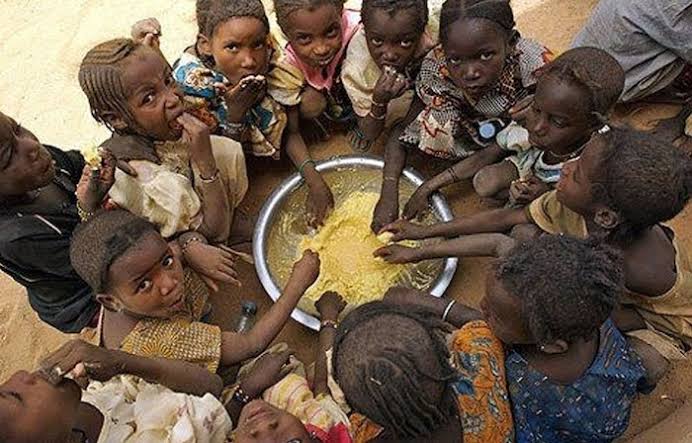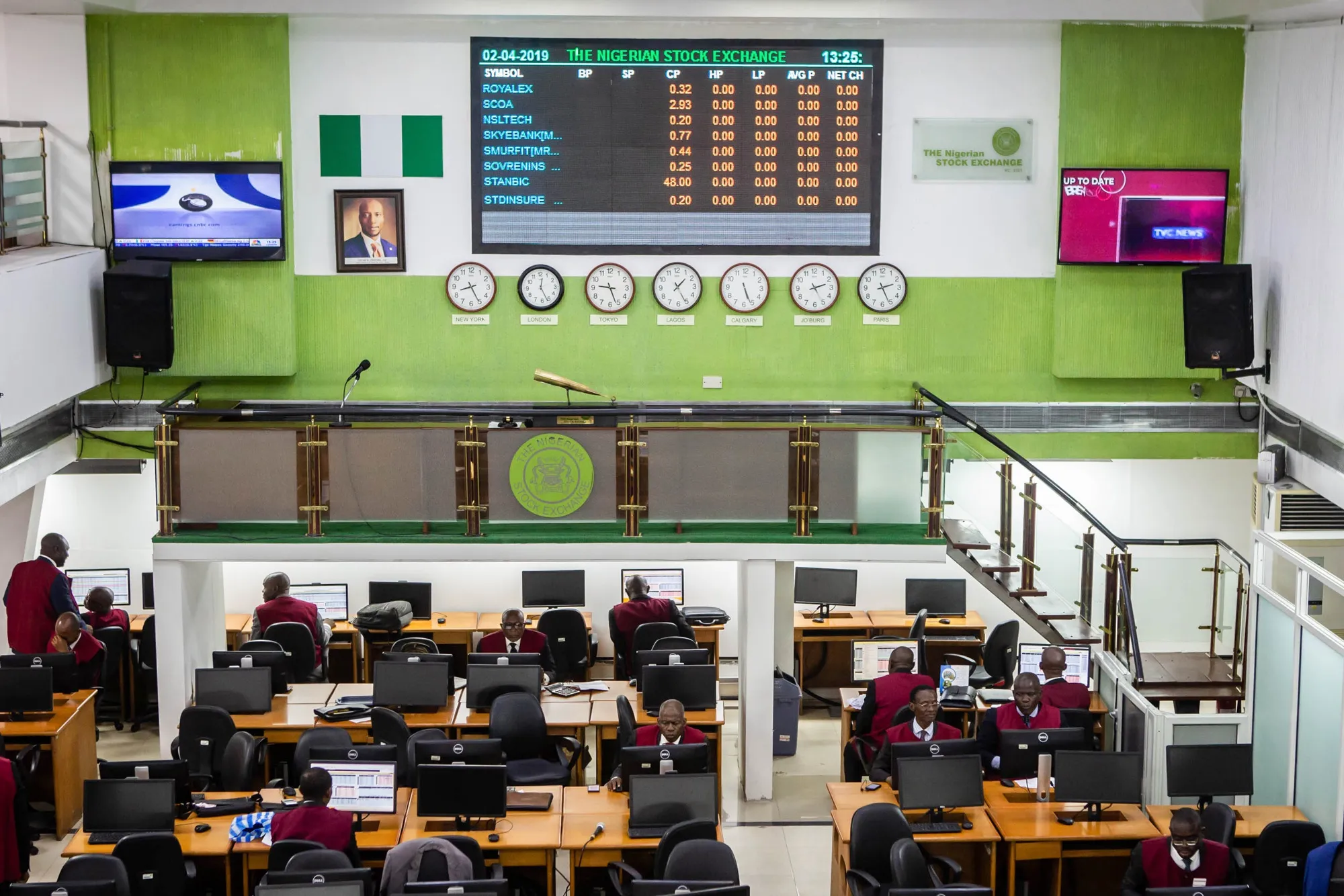
26.5 million Nigerians May Face Acute Food Crisis — United Nations
The Food and Agriculture Organisation of the United Nations in partnership with the World Food Programme and other agencies, on Friday, declared that about 26.5 million Nigerians in 26 states and Abuja may face an acute food crisis.
All the partners made this known in the October 2023 Cadre Harmonise report which was released in Abuja and presented to the Federal Government.
The Federal Ministry of Agriculture and Food Security received the report on behalf of the government.
The Cadre Harmonisé report is a unifying tool that helps to produce relevant, consensual, rigorous, and transparent analyses of current and projected food and nutrition situations.
The report stated that the key drivers of the projected food crisis included the removal of subsidy on Premium Motor Spirit, popularly called petrol, the naira re-design policy, floods, conflict and insecurity.
In the Nigeria Cadre Harmonise Acute Food and Nutrition Insecurity Analysis, the UN and its partners, said, “About 26.5 million people, including Internally Displaced Persons (528,000 in Borno, Sokoto and Zamfara states) in 26 states and FCT of Nigeria, are expected to be in crisis or worse between June and August 2024.”
In his address during the presentation of the report, the UN FAO Representative in Nigeria and ECOWAS, Dominique Koffy, said the agency went to various states in Nigeria to identify populations at risk of food and nutrition insecurity.
Koffy, who was represented by the Assistant FAO Representative Programme, Abubakar Suleiman, provided some of the main results for zones affected by food and nutrition insecurity in the 26 states and the FCT.
On food consumption, he noted that going into the lean season (June to August 2024) households might experience slight to moderate deterioration in food consumption, which might plunge several states into the crisis phase.
“The unacceptable thresholds of food consumption may have resulted from significant spike in staple food prices following increases in fuel prices, inflation rate and high cost of food production,” he stated.
On the evolution of livelihoods, the report significant reduction in household stock was reported among more than 60 per cent of households, with more than 35 per cent having no stocks in 2023 when compared to 2022 and five-year average.
“The low levels of stocks resulted from the washed away of several hectares of matured ready-to-harvest cropped fields, particularly in states most affected by the 2023 flash floods (Kogi, Taraba, Plateau and Niger states).
“In crisis-affected states of Adamawa, Borno Niger, Zamfara, Kaduna Katsina, Sokoto and Yobe, including parts of Benue and Plateau states, limited production activities were reported. Although global markets stock supply appears to be stable, increases in prices have continued to limit food access across all analysed states,” the report stated.
It further stated that the malnutrition current situation for May to September 2023 covering Adama, Borno and Yobe (North-East), and Katsina, Sokoto and Zamfara (North-West) showed the prevalence of crisis to worse nutrition situation across the states.
About Author
Discover more from BillionBill
Subscribe to get the latest posts sent to your email.


